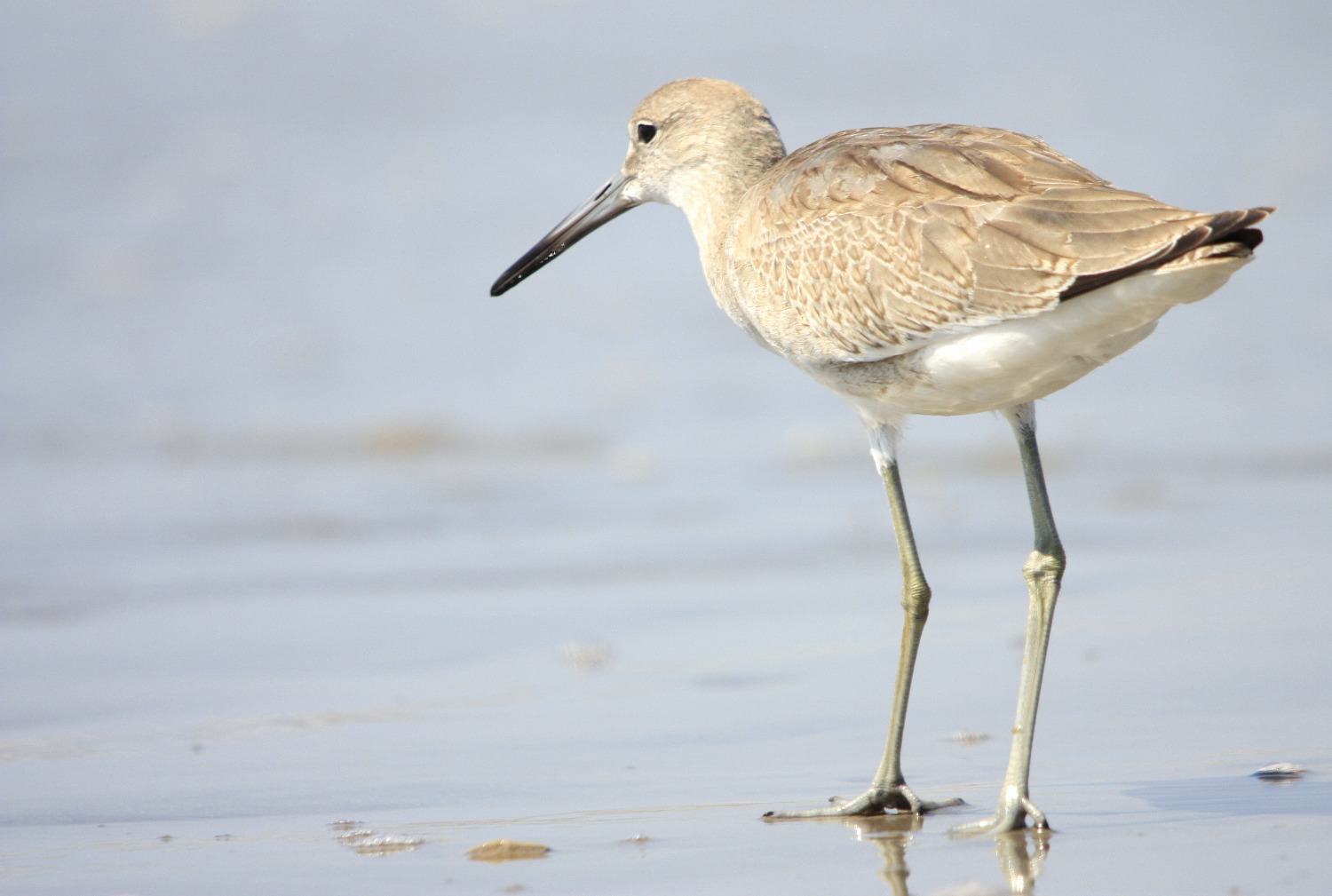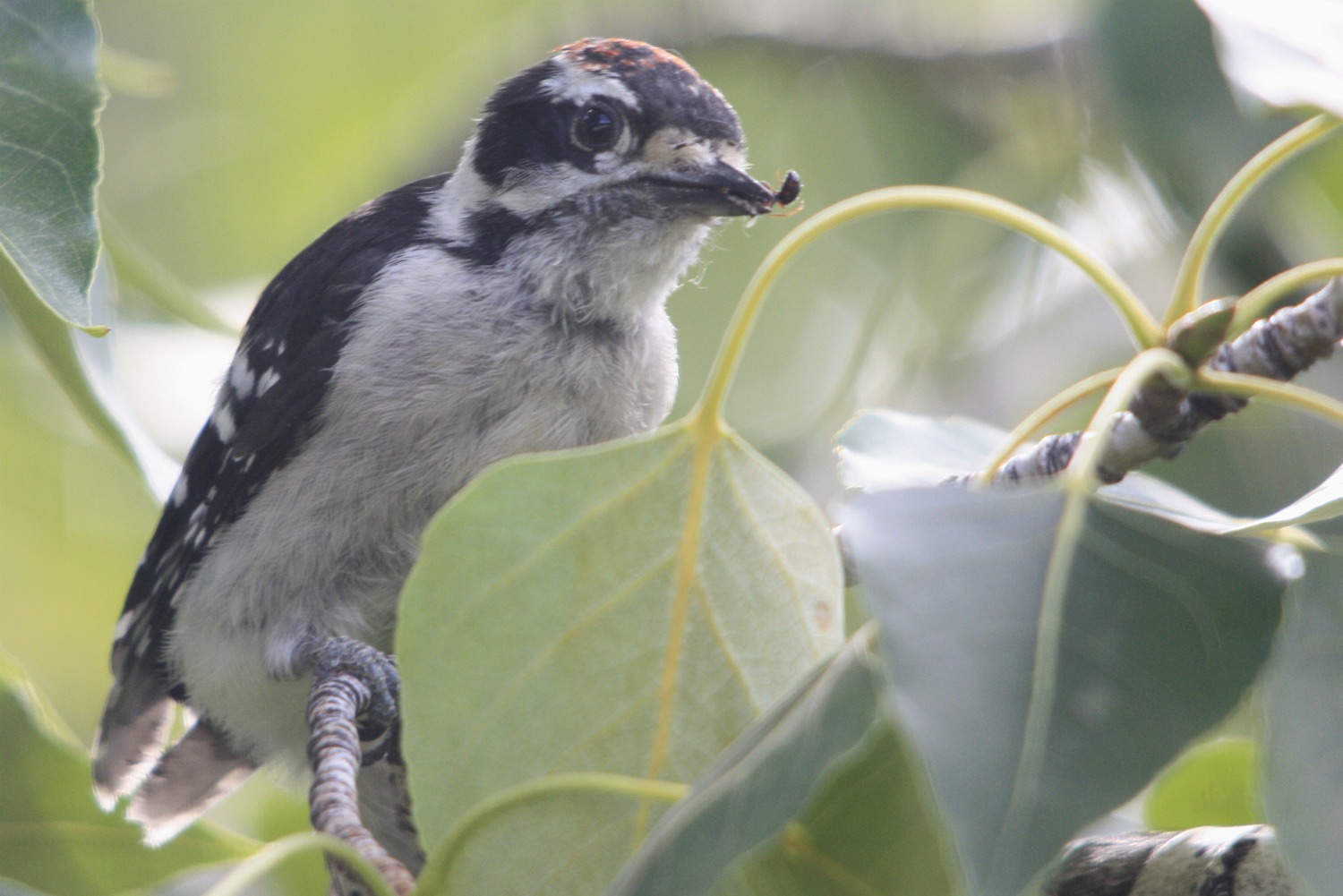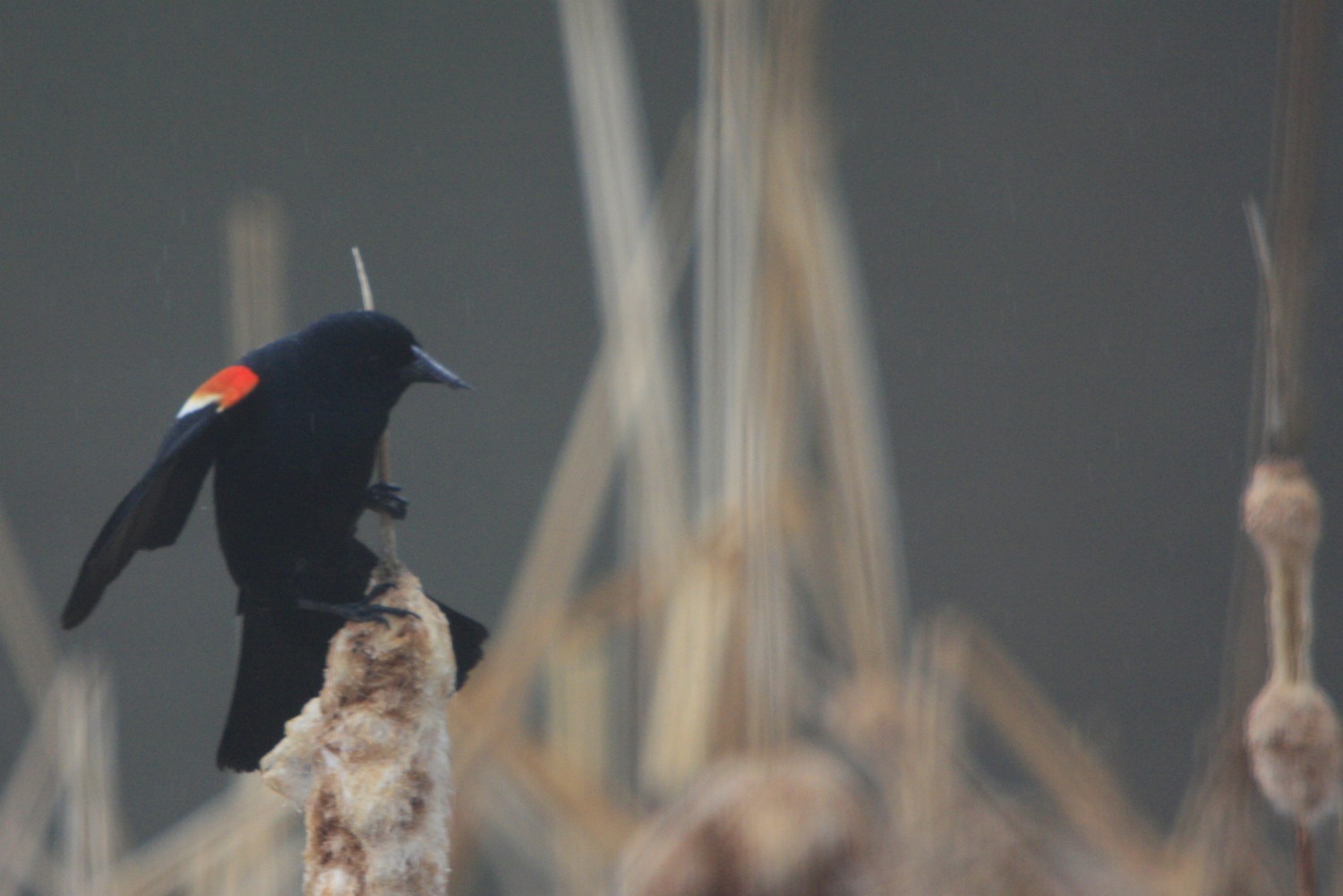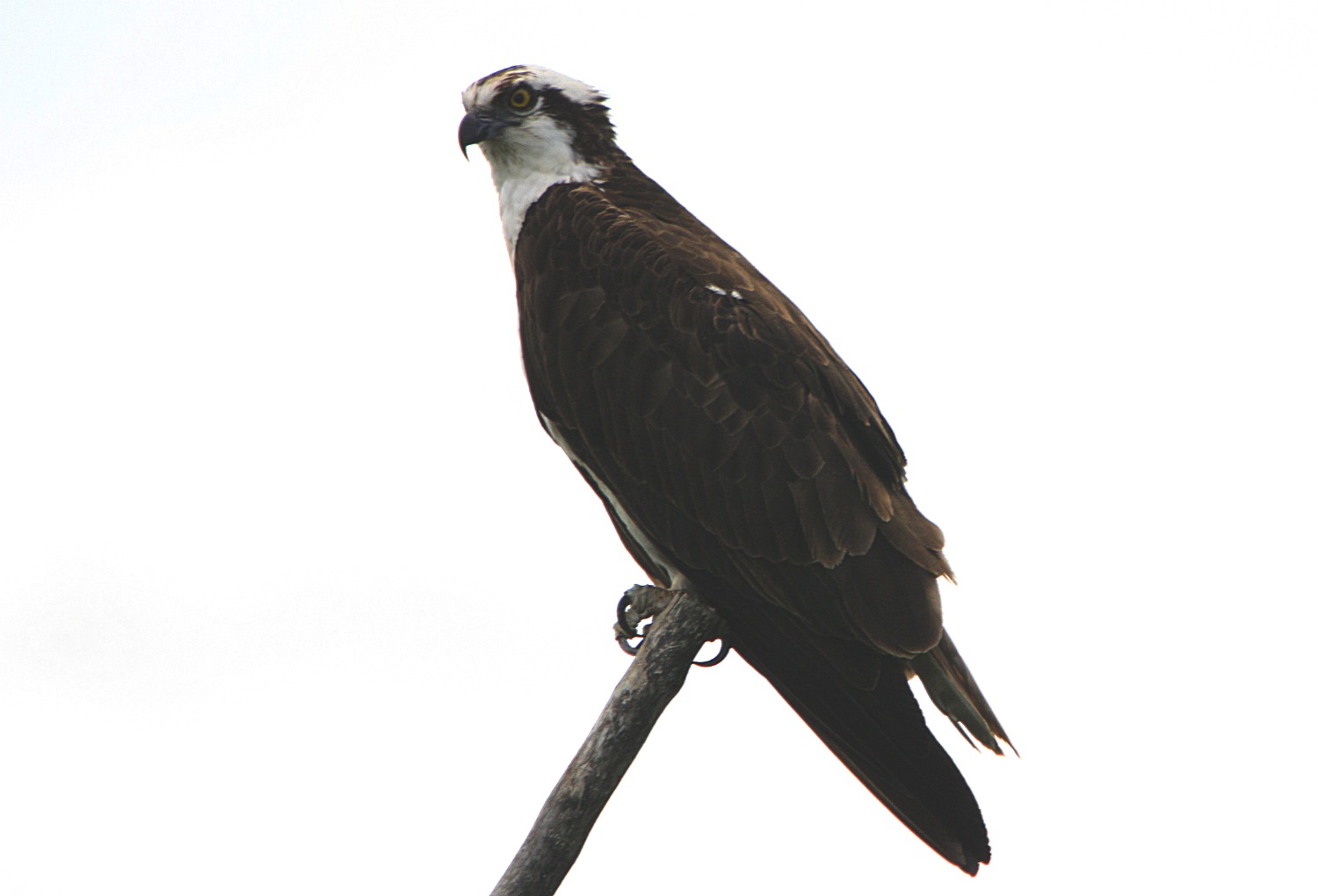“Global tools for birders, critical data science”.
This one line sums up eBird perfectly. eBird is an online checklist program for birders that has changed the way we submit and access data for the better. This program enables you to easily view data submitted from across the globe by birdwatchers.
Well how does it work? eBird gets many thousands of birders engaged in contributing to a huge online database. You simply fill in a checklist on your birding trip; the who, what, when and where of the outing and then submit the form. eBird stores the data and allows you to view your own lists of what you have seen for the month, for the year, for a certain location and so on. Rare birds get flagged by the data quality filters and are then reviewed by local experts. Once a rare bird has been confirmed it is accessible for all to see via rare bird alerts, allowing others to share in the discovery. Your checklist goes to the database to help scientists accumulate information on birds and helps them to determine species ranges, bird distribution and other such data which can help save endangered birds. As they explain on the website: “any contribution made to eBird increases our understanding of the distribution, richness, and uniqueness of the biodiversity of our planet.” I look forward to seeing many observations submitted to eBird from you!
http://ebird.org/content/ebird/
Posted by Matthew Sim









































